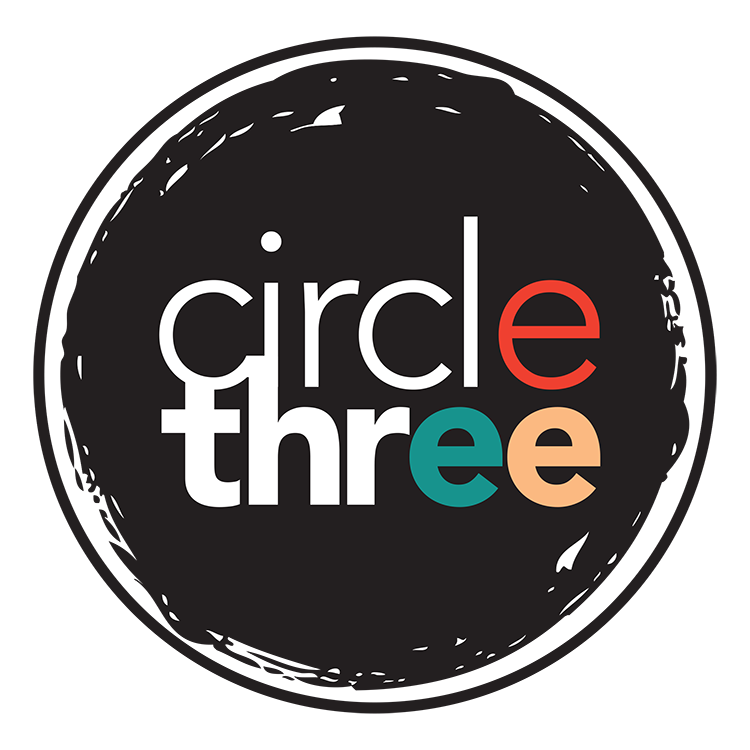Understanding your audience is the cornerstone of successful marketing. To effectively engage potential customers, you must have a deep understanding of who they are, what they need, and how they make decisions. Customer personas are fictional representations of your ideal customers, based on real data and market research. Developing accurate and detailed customer personas can significantly enhance your marketing strategies and help you tailor your messaging to resonate with your target audience. In this guide, we’ll explore the step-by-step process of creating compelling customer personas.
Step 1: Conduct Research
The foundation of creating customer personas lies in comprehensive research. Start by gathering data from various sources, including:
- Market Research: Analyze industry trends, market reports, and competitor strategies to understand the broader landscape.
- Customer Surveys: Develop surveys to gather insights directly from your existing customers or target audience. Ask questions about demographics, pain points, preferences, and behaviors.
- Interviews and Focus Groups: Engage with customers through one-on-one interviews or focus groups to delve deeper into their motivations, challenges, and decision-making processes.
- Website Analytics: Utilize tools like Google Analytics to collect data on website visitors, including demographics, browsing behavior, and engagement metrics.
- Social Media Insights: Monitor social media channels to observe conversations, sentiments, and interactions related to your brand or industry.
Step 2: Identify Patterns and Trends
Once you’ve collected sufficient data, sift through the information to identify recurring patterns and trends. Look for common characteristics, behaviors, goals, and pain points among your target audience. Pay attention to demographic information such as age, gender, location, income level, occupation, and education, as well as psychographic factors like interests, values, attitudes, and lifestyle choices.
Step 3: Create Persona Profiles
Based on the insights gathered from your research, develop detailed persona profiles that represent different segments of your target audience. Each persona should be distinct and include the following elements:
- Demographic Information: Name, age, gender, location, occupation, income, education level, and family status.
- Background: A brief overview of the persona’s personal and professional background, including relevant details such as job title, industry, and career aspirations.
- Goals and Objectives: The persona’s primary goals, motivations, and aspirations related to your products or services.
- Challenges and Pain Points: The key obstacles, frustrations, and pain points that the persona encounters in achieving their goals.
- Preferred Communication Channels: The channels and platforms that the persona uses to seek information, make purchasing decisions, and interact with brands.
- Buying Behavior: Insights into the persona’s purchasing behavior, including factors that influence their decisions and their preferred buying journey.
- Personal Values and Preferences: The persona’s values, interests, hobbies, and lifestyle preferences that influence their attitudes and behaviors.
Step 4: Validate and Refine
After creating initial persona profiles, validate them through additional research and feedback from stakeholders, including sales teams, customer support representatives, and other relevant departments. Ensure that the personas accurately reflect your target audience and align with your business objectives. Refine the personas as needed based on new insights and feedback.
Step 5: Implement Persona-Based Marketing Strategies
Once you have finalized your customer personas, leverage them to inform your marketing strategies across various channels and touchpoints. Tailor your messaging, content, offers, and promotions to resonate with each persona’s unique needs, preferences, and pain points. Use persona-based segmentation to personalize marketing campaigns and improve engagement and conversion rates.
Step 6: Monitor and Iterate
Regularly monitor the performance of your marketing campaigns and track key metrics to assess the effectiveness of your persona-based strategies. Collect feedback from customers and analyze data to identify areas for improvement. Iterate on your personas and marketing tactics based on insights gained from ongoing monitoring and analysis.
Wrapping Up
Developing accurate and detailed customer personas is essential for crafting targeted and effective marketing strategies. By conducting thorough research, identifying patterns and trends, creating persona profiles, validating and refining them, and implementing persona-based marketing strategies, you can better understand and engage your target audience. Continuously monitor performance and iterate on your personas to ensure they remain relevant and impactful in an ever-evolving market landscape. With well-crafted customer personas, you can drive meaningful connections with your audience and achieve your marketing objectives more effectively. The good news is that Circle Three Branding loves to help brands uncover and develop their customer personas. If this is looking like a tough nut to crack, reach out to us. We’ll get you started.
